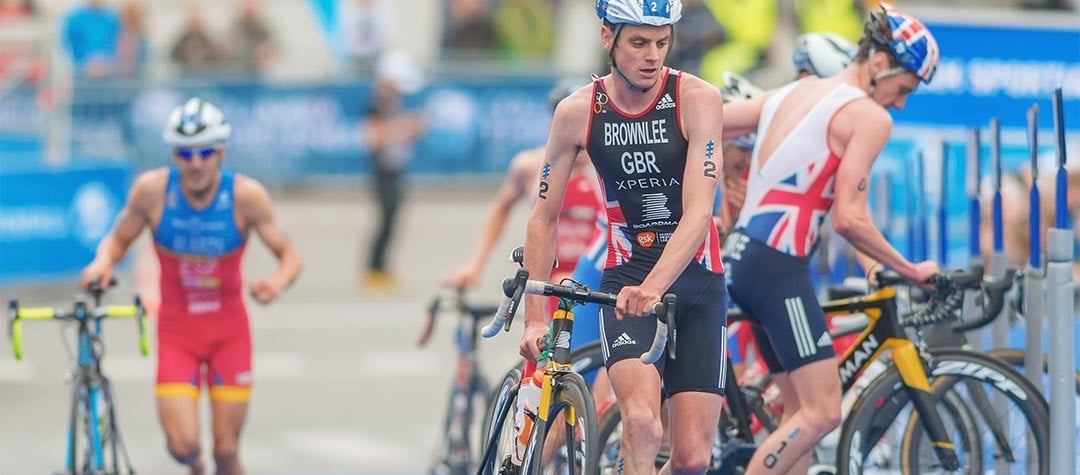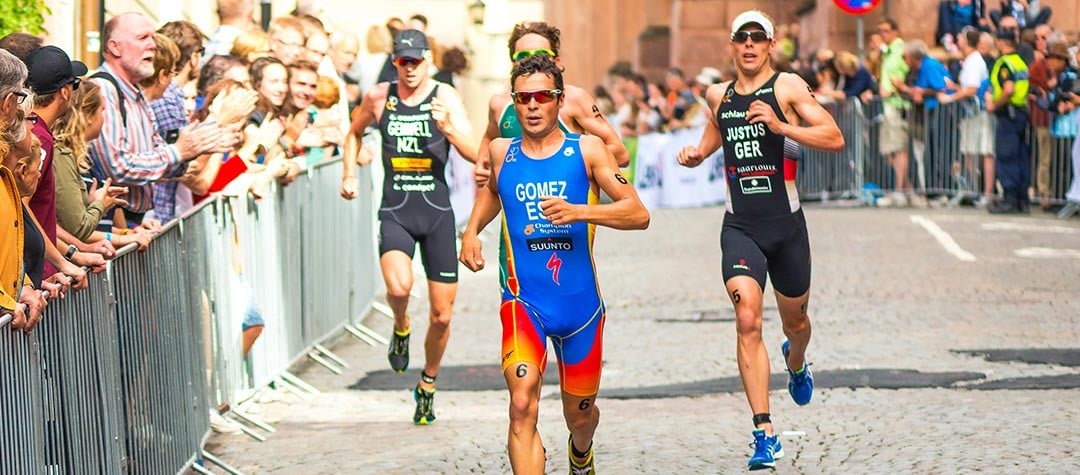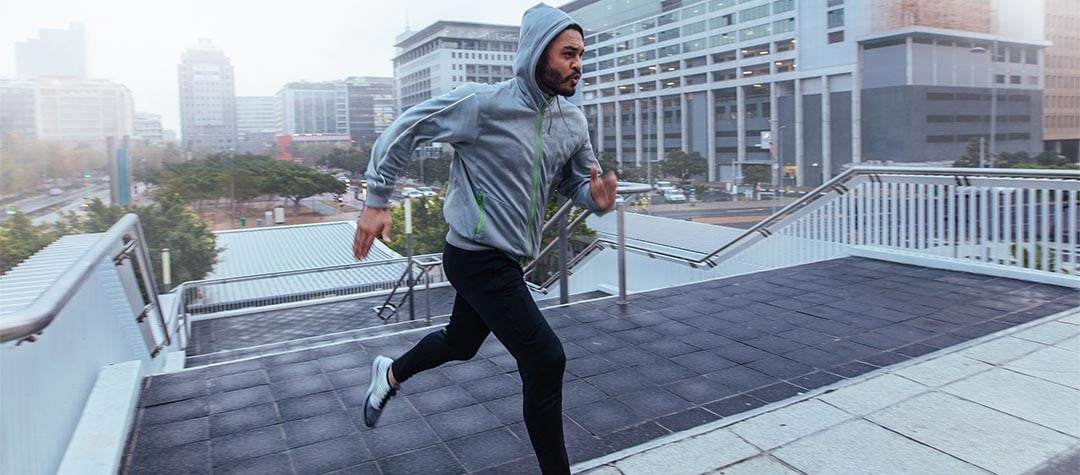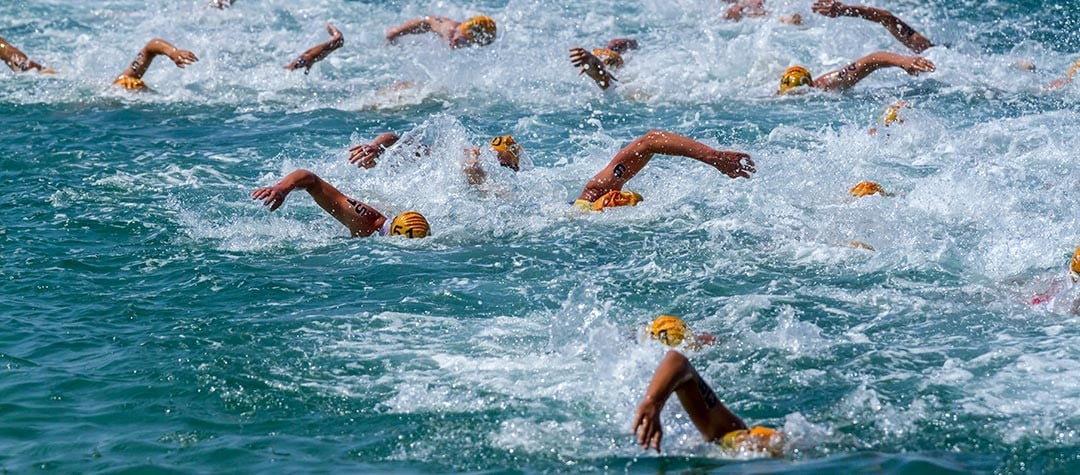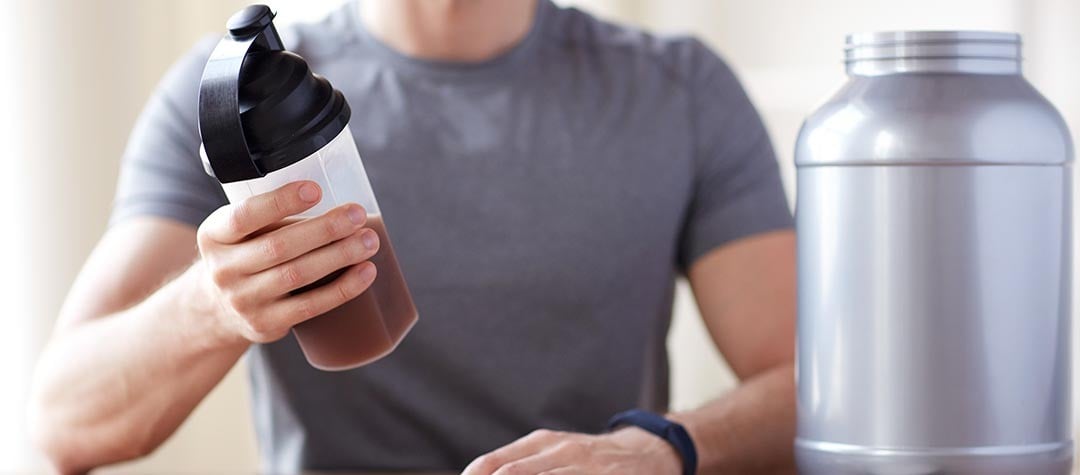Whether you're a pro or beginner triathlete, these are the 10 pieces of kit every athlete needs when taking part in a triathlon.
1. Wetsuit
Depending on where in the world you’re competing, a wetsuit may be compulsory for the swim leg of your triathlon. Even if it’s not required by the event organisers, beginners should still wear one. As well as keeping you warm, a wetsuit will increase your buoyancy in the water, helping you to swim faster. Look for a wetsuit that fits tightly without reducing the range of motion of your shoulders and legs.
Tip : Cut the bottom inch or two off each leg of your wetsuit. It might seem strange to take a pair of scissors to your brand new piece of kit, but this will make it far easier to remove during transition .
2. Tri-suit
A tri-suit is a multi-purpose item of clothing that you’ll wear throughout the full triathlon. Coming in either two-piece or one-piece varieties, tri-suits are designed to dry off quickly after the swim (you can wear one under your wetsuit), provide cushioning for the cycle, and keep you moving freely during the run. Some of the more expensive suits will even be made with compression materials to lend your muscles a helping hand. As with the wetsuit, you’re looking for a tight fit on your tri-suit. Any bulges or misshapen joints will slow you down on the swim.
3. Goggles
They might seem like an insignificant piece of kit, but get your goggles wrong and your triathlon could be ruined before it’s even really begun. If your goggles don’t fit correctly they’ll be filled with water as soon as you start the swim, and no matter how confident a swimmer you are, this will slow you down. When a pair of goggles fit correctly, the vacuum seal will be able to hold them loosely on your face without the strap. If you think the weather is going to be bright on race day, a tinted pair will help you see more clearly even if the sun is reflecting off the water.
4. Sunglasses
Hugely important for both the bike and run stages, the right pair of triathlon sunglasses will do so much more than keep the sun out of your eyes. Whether it be wind, rain, or insects that are trying to find their way into your eyes, sunglasses will keep them clear and allow you to focus on racing. If possible, try to spend slightly more and get a pair with photochromic lenses, which will dynamically adapt to the lighting conditions on event day, even if they change mid-race.
5. Bike
Bikes are perhaps the most variable pieces of triathlon gear, with prices ranging from ‘affordable’ to ‘this cost more than my car’.
While mid-range models are well worth the investment, by the time you’re spending serious money on a bike you’ll start to experience diminishing returns. If you have a decent road bike lying around it can easily be adapted for triathlon purposes by adding a clip on aerobar and taking it for a tuneup at your local bike shop. Much depends on what your triathlon goals are as a time trial bike, other things being equal, can be as much as 4kph quicker than a road bike. If you are on a budget then it might be best to spend less on the groupset and get the best frame you can as well as upgrading the wheels.
Tip : If you use clip-in shoes for the bike leg, secure them to your pedals with an elastic band when you leave your bike at transition.
6. Socks
Socks are a point of contention for triathletes. Some would never dream of wasting precious seconds to put socks on during transition, whereas others will be reduced to a blistered disaster without them. If you opt for socks, choose a moisture-wicking double layered pair. The double layer helps to reduce the friction on your feet, while the moisture-wicking fabric keeps them nice and dry. These two properties combine to prevent blisters, keeping your feet in good condition both during and after the triathlon.
7. Helmet
A helmet is an absolute triathlon essential, and without one you won’t be allowed to compete. You don’t have to spend a fortune on this. There are staggeringly expensive helmets available with precision vents and aerodynamic mouldings, but unless you’re an elite these aren’t necessary. Helmets need to have passed certain safety tests to be triathlon-eligible, but as long as you’re purchasing from a specialist cycling store this won’t be an issue. When you’re heading to the shop to try on potential helmets, be sure to bring your triathlon sunglasses with you. There’s nothing worse than putting on a brand new helmet for its maiden ride, only to find it doesn’t fit properly over your shades.
8. Race belt
Have you ever spent a frustrating couple of minutes trying to safety pin a race number to your top ahead of a running event? Now imagine trying to do that during transition when your hands are shaking with adrenaline and you’re surrounded by thousands of other triathletes. A race belt easily solves this problem. Light and elastic with a buckle strap, a race belt lets you instantly move your number from your back to your front during transition 2 by swivelling it around your body.
9. Running shoes
You’ll be spending a lot of time pounding the pavement in your running shoes during training, so getting the right pair for you is vital. Avoid the guessing game of shopping for running shoes online and head along to a specialist shop. They’ll be able to recommend a model of shoe perfectly suited to you.
Tip : If possible, try to shop for running shoes in the evening. Your feet swell throughout the day, so will be slightly bigger in the evening than they are in the morning.
10. Elastic laces
Fit your running shoes with elastic lock laces to speed up your transition. Instead of fumbling with standard laces, it’s simply a case of pulling them tight and locking into place. Elastic laces will fit into the vast majority of running shoes, and as soon as you’ve tried them you’ll wonder how you ever coped without. As well as speeding up transitions, the high tension spring loaded mechanism will ensure your laces stay tight throughout the run.
Picture credit - Stefan Holm / Shutterstock.com

